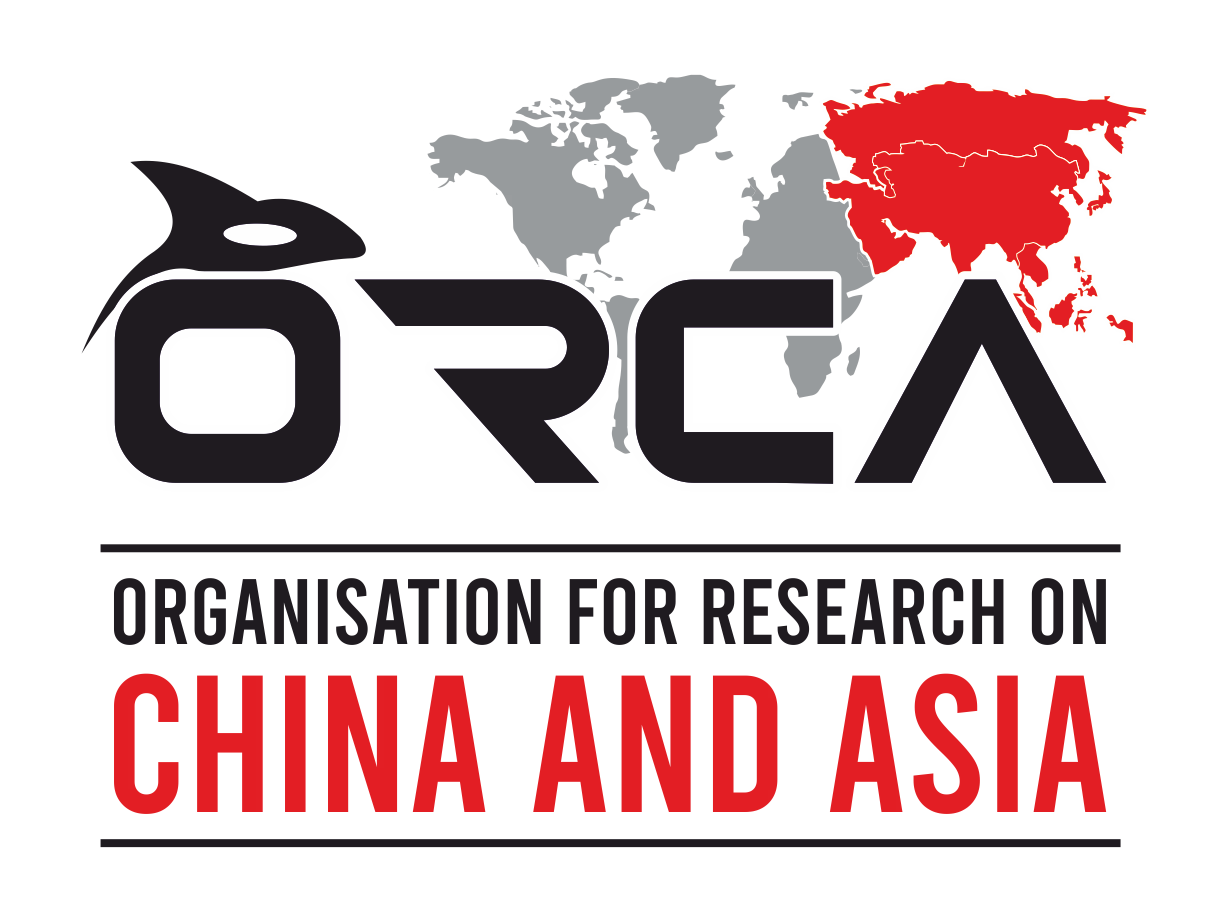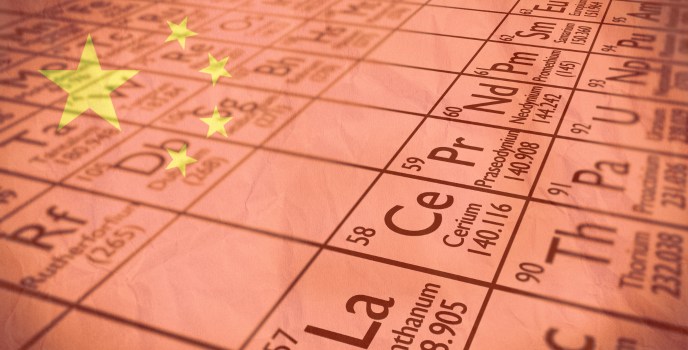China’s latest export control measures on five medium and heavy rare earth elements and high-end battery technologies, mark another step in its strategy to weaponise supply chain dominance. While framed as a measure to “defend world peace and regional stability” in lieu of dual-use applications of rare earth items, its past actions and more importantly, the timing of the announcement, suggest a broader strategy. Despite Beijing’s clarification that these measures are not targeted at any country, the fact that they were immediately followed by another countermeasure directly targeting the U.S. shipping sector suggest Beijing’s preparedness to escalate the ongoing trade war.
Besides the U.S.-China trade war, China’s domestic economic situation also plays an important role in determining the scale and intensity of its export control measures. Nonetheless, implications of these measures are not limited to the U.S., but will extend to other countries, including India. Thus, while these measures pose challenges for India’s emerging industries such as EV and semiconductors in the short run, they also present an opportunity for India to de-risk its dependence on China by developing competitive capacities in rare earths with other like-minded countries.
Establishing Downstream Dominance
China’s upstream dominance in rare earth supply chains has become quite evident in the past few years as it controls nearly 70 percent of mining and 90 percent of processing. Earlier in April, China had tightened export restrictions for seven rare earth metals and their components. Thus, with new measures set to take effect from November 8, China has expanded export control regime to cover 12 out of 17 rare earth elements. However, the recent measures also limit exports of rare earth components that may have dual use in the military domain. Moreover, the legitimacy of these measures globally is based on its export control law passed in 2020 as it is not a signatory to Wassenaar Arrangement that regulates global export controls for dual-use goods and technologies. This not only highlights China’s strategy of leveraging domestic laws to advance foreign policy goals, but also underscores its selective invocation of international agreements—such as its reported demand from India to comply with the Wassenaar Arrangement.
These export control measures aim to establish a hold over the entire rare earth supply chain to restrict its access to adversarial countries such as the USA. For instance, recent modifications in export rules compel Chinese approval for products manufactured overseas but having rare earth components originated in China (if they account for even 0.1 percent of final product value). It mandates Chinese exporters to confirm the final destination of exports of such products with the authorities before approval to even restrict their re-exports. Such amendments empower the Chinese government to determine the supply chain flow beyond territorial boundaries and weaponise it against certain countries. In this regard, reports regarding Pakistan’s rare earth deal with the U.S., although denied by China’s Foreign Ministry, may have caused China’s decision to amend export control rules.
Another major aspect of China’s new export regulations is the decision to restrict technology and equipment access to other countries with respect to rare earth mining and processing. These rules comprehensively prevent attempts for technology transfer through investments, testing assistance, joint R&D and more without prior state approval. In terms of elements used in advanced semiconductor manufacturing, new measures suggest case-by-case approval, thereby maintaining the ability to manipulate approvals as per geopolitical dynamics. Such attempts reveal China’s ambitions to monopolise both upstream and downstream rare earth supply chains globally and thereby, weaponise this dominance as a geopolitical tool.
Limits of Prolonged Restrictions
China’s overall growth in exports in 2025, and more specifically, 8.3 percent year-on-year growth in September after below-expectations performance since March have boosted China’s capacity to impose new export control regulations. Meanwhile, on the other hand, lack of growth in consumption despite stimulus measures coupled with deflationary pressures have compelled China to rely on export-driven growth. As a result, China will have to ensure that its exports control measures do not affect its overall growth. Thus, while these measures offer a leverage for President Xi Jinping when he meets his U.S. counterpart later this month, it may not be a sustainable strategy for China if it affects its exports growth which was evident when previous measures were announced in April.
Particularly, China’s rare earth exports are also declining continuously since July owing to restrictions and fell by 31 percent in September. Owing to overall decline in global rare earth supply, their prices have gone up since April and are expected to increase further after the recent control measures. While this helped some state-owned Chinese mining companies to recover their losses accumulated over the years, it also reduces their competitiveness against other global players, particularly from Australia and the U.S.
Thus, prolonged export controls in rare earths may prove counterproductive for China’s rare earth dominance as it would further nudge other countries to develop indigenous capacities in the long run. In a broader sense, repeated tightening of exports control regulations is also likely to affect China’s overall ease of doing business as Chinese businesses would face more difficulties in engaging with foreign businesses concerned with rare earth components owing to continuous supply chain disruptions and increased costs.
Opportunities to De-risk Supply Chains
While Beijing’s sudden announcement of export control measures will disrupt the global rare earth supply chain in the short run, it also offers opportunities for affected countries to develop their capacities at a faster rate to insulate their supplies from geopolitical tensions. The U.S., being a primary target of these measures, is also at the forefront of de-risking its rare earth supply chain dominated by China. The Minerals Security Partnership initiated by the U.S. aims to facilitate projects and industry collaborations from different countries that diversify rare earth supply chains away from China. Similarly, Australian government’s proactive investments in processing technologies can also help other countries diversify value chains to ensure reliable supply.
India imported around 65 percent of rare earths from China in 2023-24 amidst a gradual increase in demand from its electric vehicles and electronics sectors. As India recently faced export restrictions from China for rare earths which was reportedly lifted as a part of rapprochement efforts, it exposed strategic vulnerability to China’s supply chain dominance. Owing to the previous export curbs imposed by China, India’s automobile manufacturing had faced significant challenges to continue production due to shortage of rare earths in many countries. Moreover, India’s exports of rare earth elements to Japan were also affected as New Delhi prioritised stockpiling for domestic needs. To avoid this scenario in future, India has focused on ramping up domestic capacities in both mining and processing of around 8.52 million tonne of rare earth elements. Several dedicated manufacturing parks are expected to streamline India’s indigenous supply chain network. Moreover, the recently proposed National Critical Mineral Stockpile mission will help India to prevent sudden shocks in the rare earth supply chain and enable to meet growing demand for these crucial raw materials.
A major challenge for India will be to develop advanced processing technologies at competitive cost amidst export curbs on technology transfer by China. Here, India can collaborate with like-minded countries to develop joint capacities as well as innovate in terms of recycling and substitution of rare earth elements to reduce overall dependency on China. New Delhi has been engaging on both bilateral and multilateral levels with countries from Africa, Indo-Pacific and South America to find synergies on rare earths and develop joint capabilities. Thus, as China attempts to weaponise its supply chain dominance to achieve its geopolitical objectives, it simultaneously offers a unique window of opportunity for other countries to develop competitive alternatives to China and avoid sudden shocks in the global rare earth market in the long run.



Author
Omkar Bhole
Omkar Bhole is a Senior Research Associate at the Organisation for Research on China and Asia (ORCA). He has studied Chinese language up to HSK4 and completed Masters in China Studies from Somaiya University, Mumbai. He has previously worked as a Chinese language instructor in Mumbai and Pune. His research interests are India’s neighbourhood policy, China’s foreign policy in South Asia, economic transformation and current dynamics of Chinese economy and its domestic politics. He was previously associated with the Institute of Chinese Studies (ICS) and What China Reads. He has also presented papers at several conferences on China. Omkar is currently working on understanding China’s Digital Yuan initiative and its implications for the South Asian region including India. He can be reached at [email protected] and @bhole_omkar on Twitter.